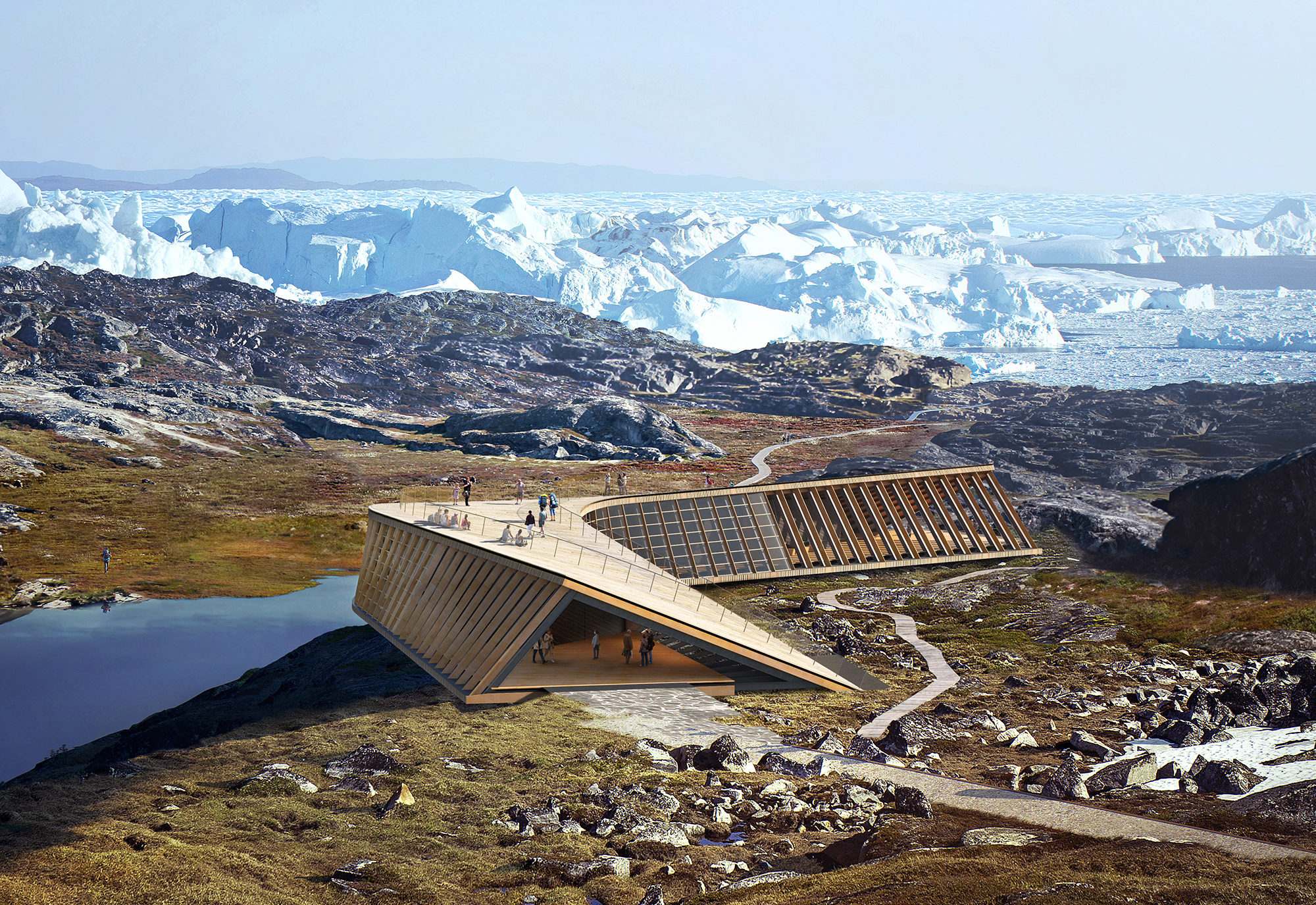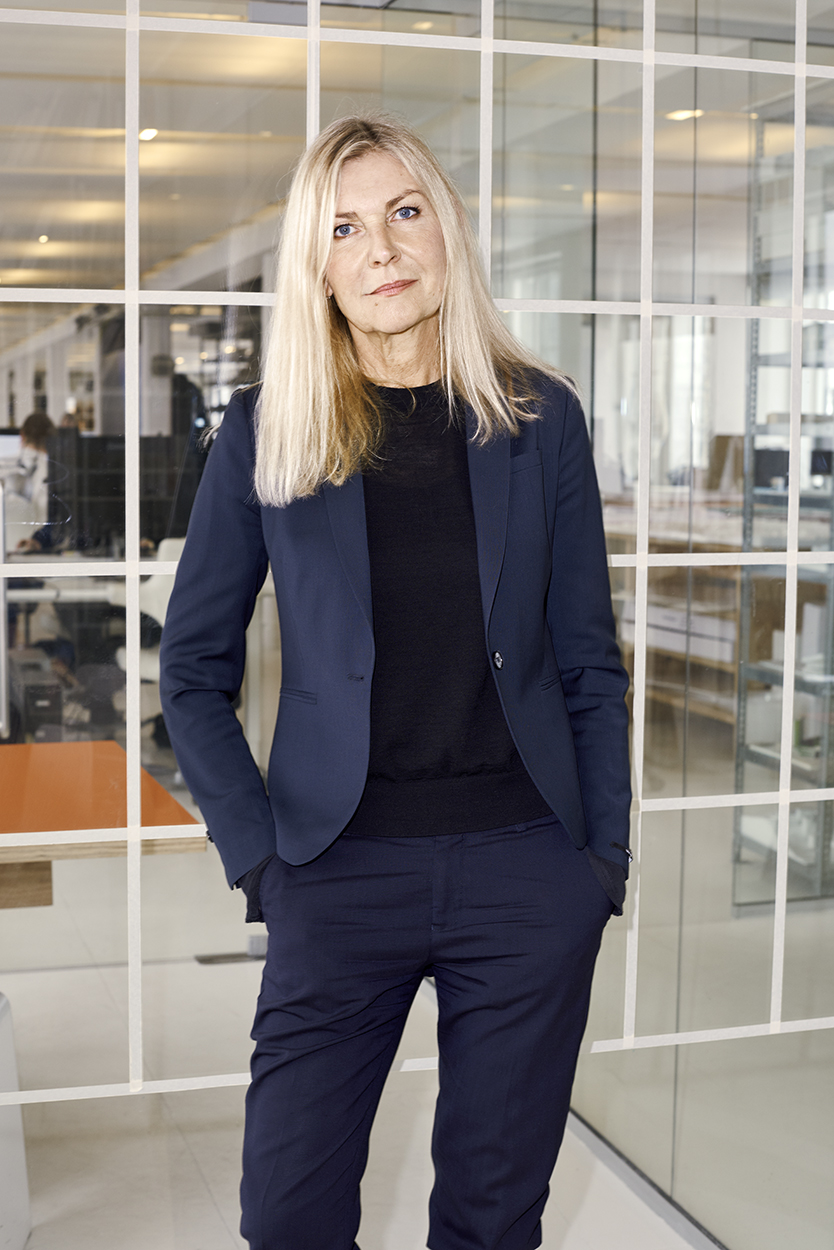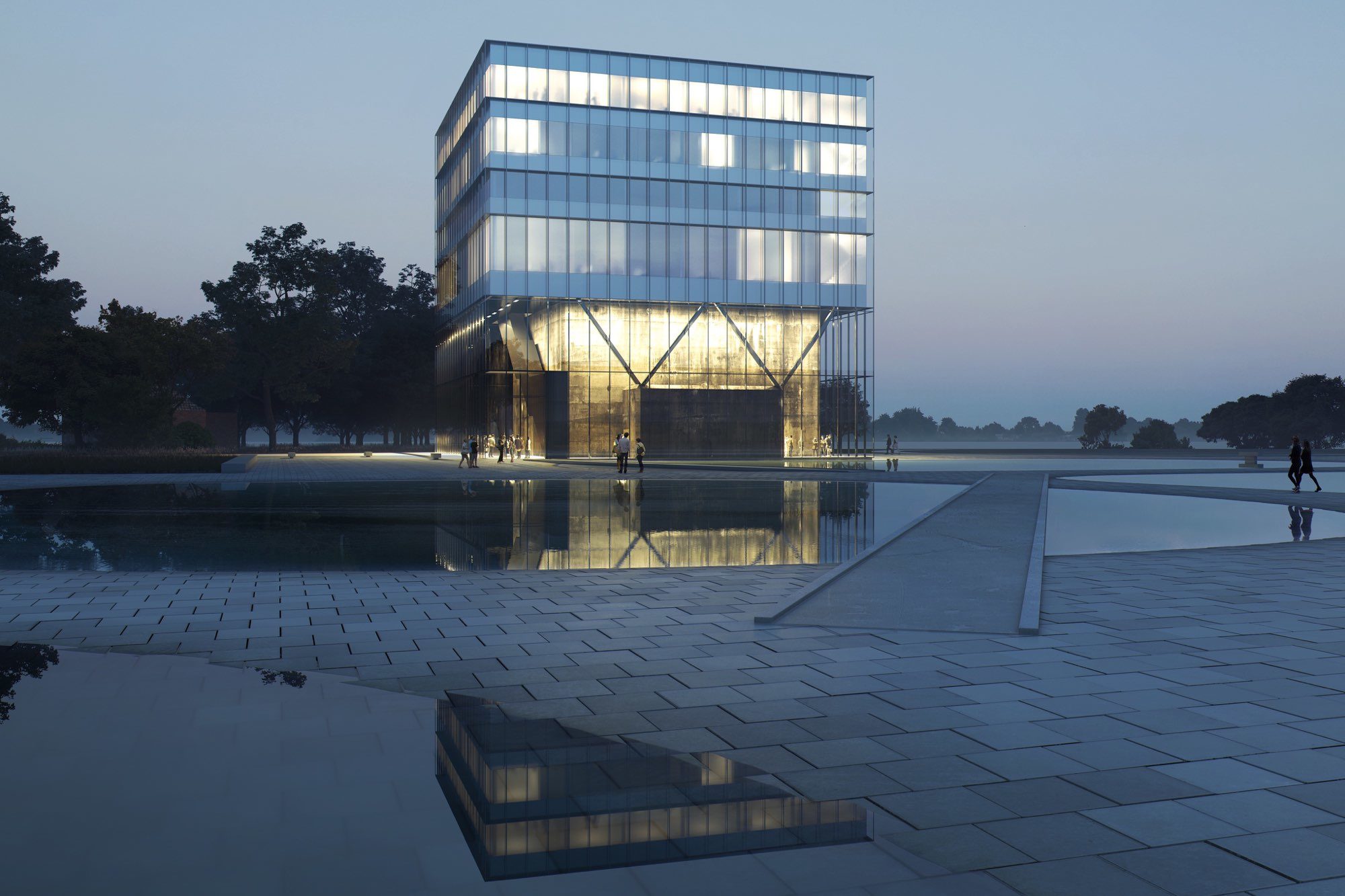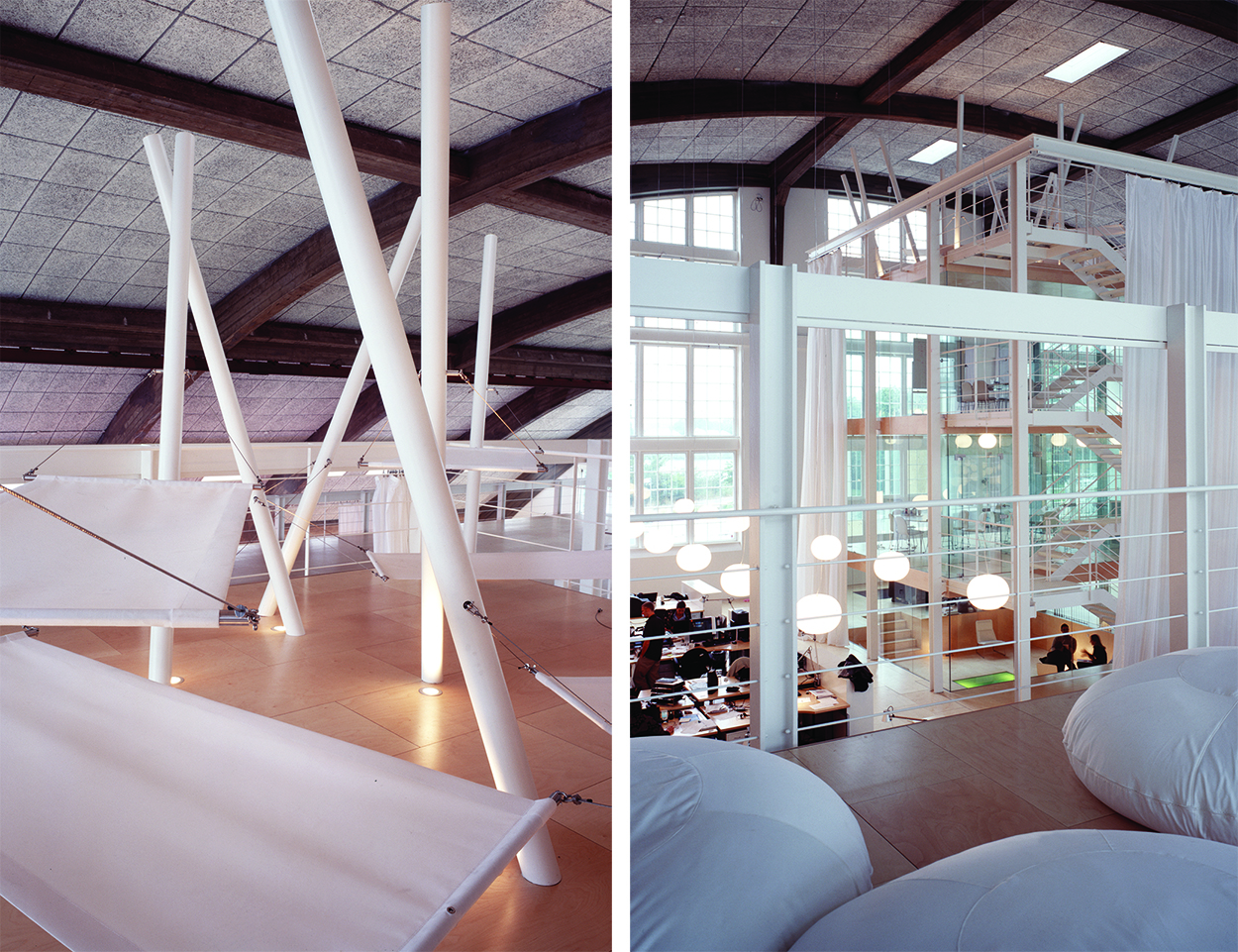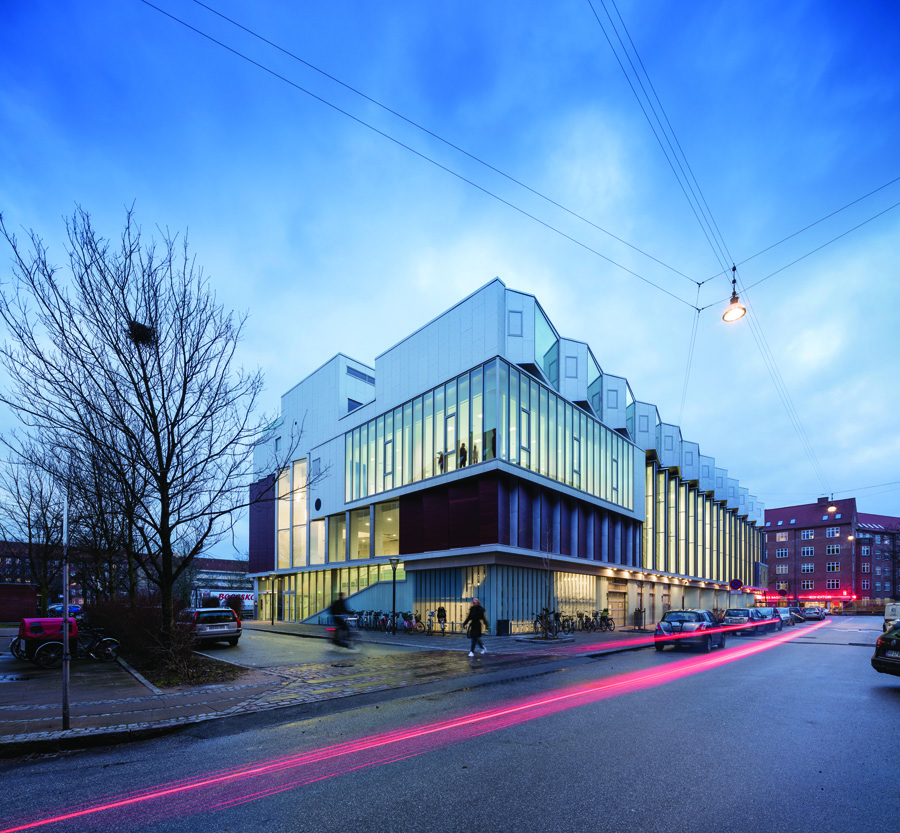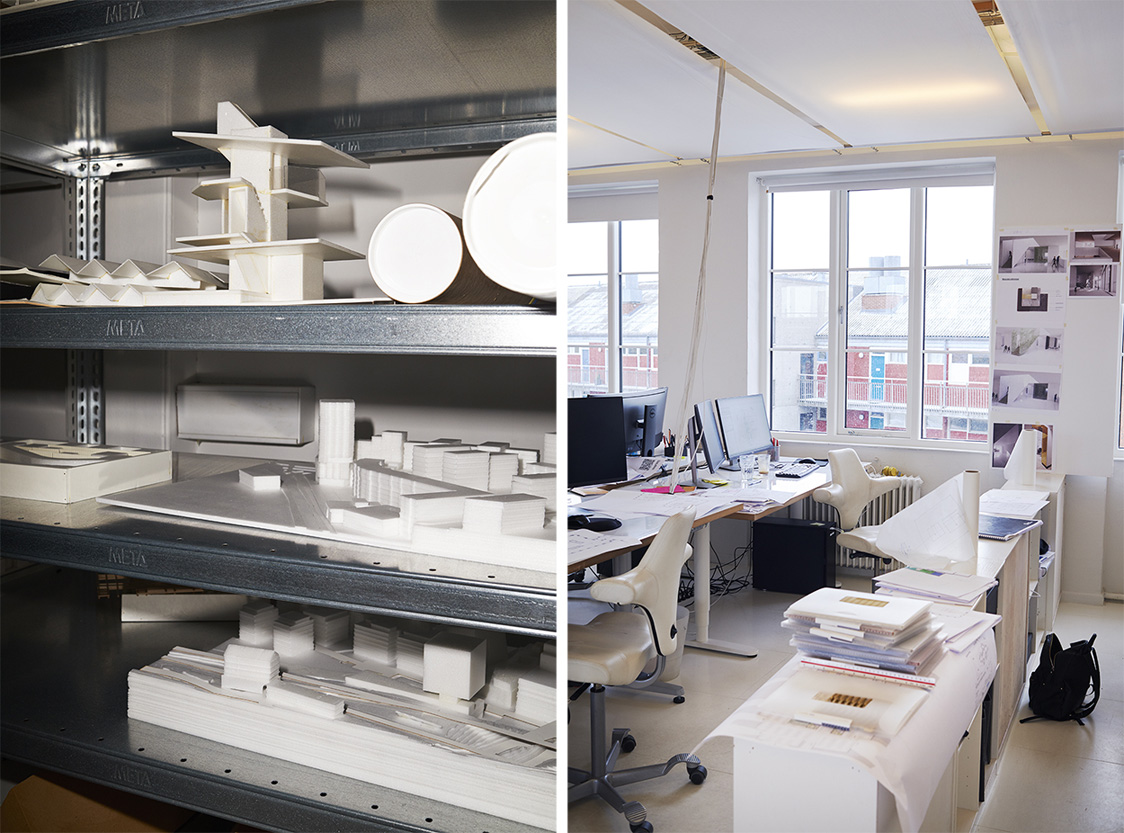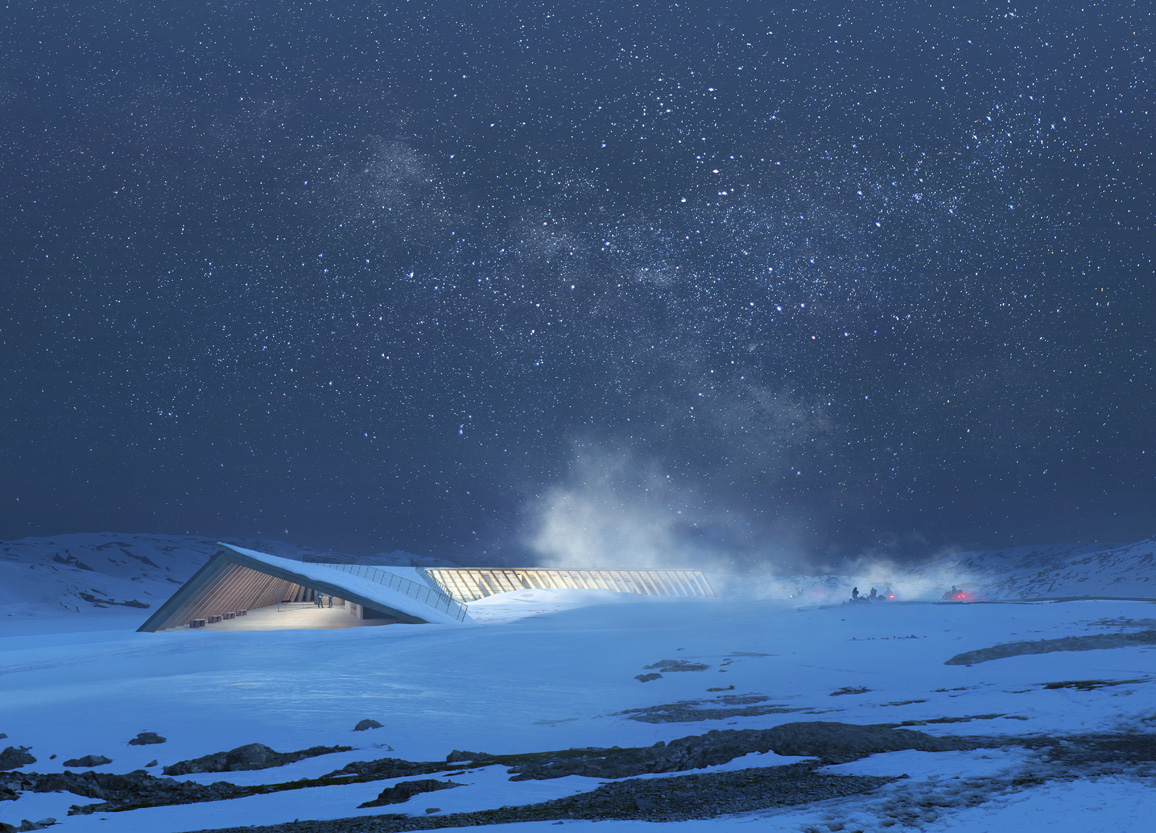Dorte Mandrup is suspicious of labels. When she made a popular website’s list of leading female architects last year, she posted a rebuttal arguing that gender did not inform her design method. When asked how her work relates to Scandinavia’s legendary modernism, the Danish designer responded by distancing herself from the stars of the past. “There’s a critical part of me that finds it very hard to march in line,” she says of resisting titles that others would happily define themselves by. “If too many people are convinced that something is the only way to work, I would go in the other direction.”
Mandrup believes that it’s her not-this-nor-that identity that makes her a particularly good interlocutor of momentously nuanced places—complex building sites that require empathy as opposed to a movement’s certain dogma. Two new projects seem to support this notion: In February, her Copenhagen-based studio was chosen to erect a glass volume atop a World War II bunker on the coast of the Wadden Sea in Wilhelmshaven, Germany, a UNESCO World Heritage site. This summer, she’ll break ground on a boomerang-shaped visitor center at Ilulissat Icefjord, also a UNESCO site, located at the mouth of Greenland’s Sermeq Kujalleq glacier. In both cases, she’s chosen to celebrate the locale rather than impose her will on it: Knowing that the Icefjord building could be covered in snow drifts, she cantilevered the boomerang’s elbow beyond a hilltop—both shucking powder and providing occupants with a lookout deck. In Wilhelmshaven, her design will piggyback the bunker and give it new life as exhibition space, rather than cast it aside as a ruin.
Mandrup traces her nonconformist attitude to her father, who, as the son and grandson of architects, urged her to avoid the practice. Mandrup pursued training in sculpture and medicine before finally succumbing to the call of design, but even then she refused to follow the leader. As a student at the Aarhus School of Architecture, she researched the lightweight constructions of Japanese architect Toyo Ito while her classmates took sides in the then-raging debate between post- and neo-Modernism. After graduation, instead of toiling endlessly for a mentor, she did a brief stint with Henning Larsen and launched her eponymous firm in 1999.
She soon picked up a series of commissions for designs that showcased her aversion to orthodoxy. To transform a 1921 seaplane hangar on Copenhagen’s Holmen islands into an office, she installed tracks on which panels of parachute fabric roll back and forth to divide the workspace. (The scheme steers between dueling philosophies, that an architect should either return a historic space to its original form, or smash a wildly contemporary addition onto it.) In a variety of day-care and school projects that followed, Mandrup found herself promoting the student’s perspective, and “fighting hard for the view that childhood should be magical, and for a place where adults are not always correcting or controlling the game.”
The architect insists that these acts of defiance are not committed for the sake of contrarianism, but because nuanced problems deserve equally un-straightforward solutions: “There’s always another question to answer,” she says. So, would Mandrup now consider herself an expert in coaxing good design out of tough sites? “No. Never.” Of course not.
